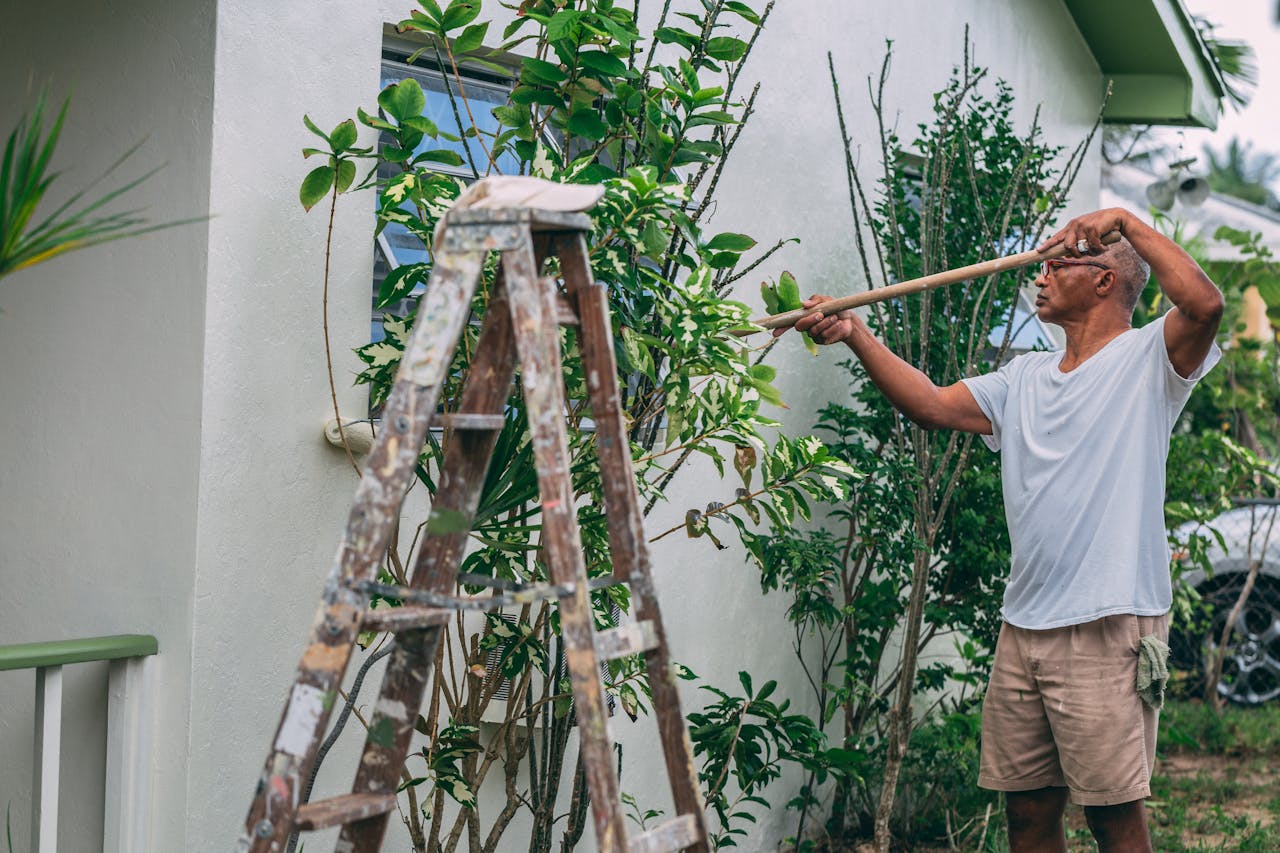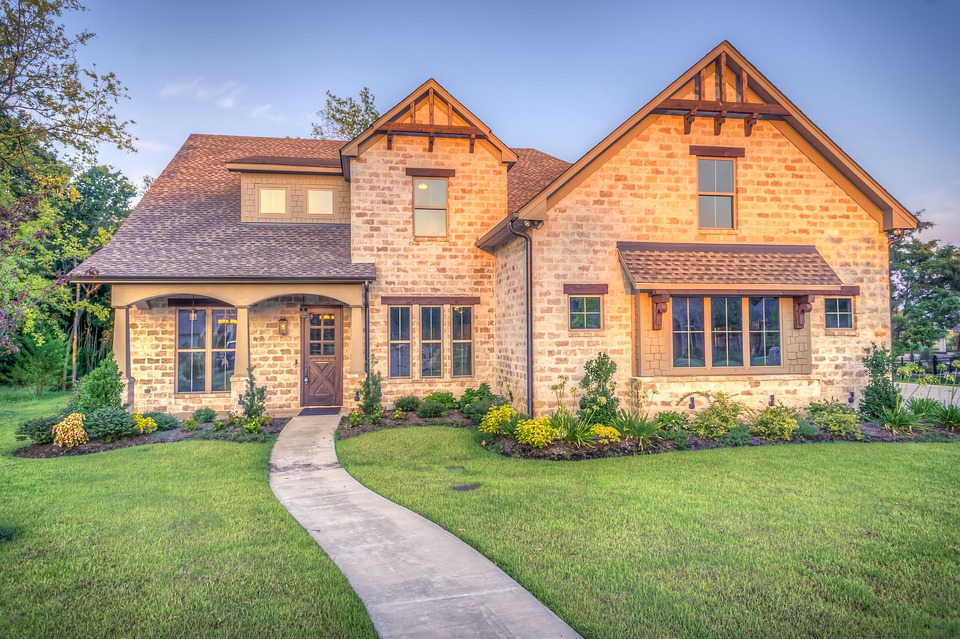 You’ve moved in. You’ve got ideas. Maybe you’re already dreaming about knocking down walls, redoing the kitchen, or tearing out that weird old carpet in the guest room. It’s normal to feel excited—owning a home gives you full control for the first time.
You’ve moved in. You’ve got ideas. Maybe you’re already dreaming about knocking down walls, redoing the kitchen, or tearing out that weird old carpet in the guest room. It’s normal to feel excited—owning a home gives you full control for the first time.
But rushing into renovations without a plan? That’s where things can go wrong fast.
If you’re a first-time homeowner, you’re not alone in wanting to make upgrades right away. But before you pick up a sledgehammer or start browsing tile samples, it’s worth learning from others who’ve been there. Here are the most common renovation mistakes new homeowners make—and how to avoid them.
Start by Understanding the House You Just Bought
When you’re fresh off the closing process, it’s tempting to jump into changes without really getting to know your home. Maybe you already hate the layout or can’t wait to modernize the kitchen. But there’s real value in living in the space for a bit before doing anything major.
Spend time figuring out how the house flows during the day. Notice which rooms get the best light, how you move through the kitchen, and what really feels too small (or too dark). You’ll make smarter design choices this way.
Also, check the basics. Do you know where the water shut-off valve is? Have you read the HVAC manual? Getting familiar with your systems—like plumbing, electrical, and heating—helps you avoid mistakes that cost more down the line.
If you’re still getting the hang of things, this first time home buyer guide can help walk you through what to expect during the early months of homeownership. It’s a helpful way to cover what inspections might have missed and what to look for next.
Skipping the Budget Breakdown
A huge mistake many people make is underestimating what renovations actually cost. Materials, labor, permits, tool rentals, and delivery fees can all add up fast. And most projects—yes, most—end up costing more than the original quote.
Create a budget that breaks everything down. Include a 10% to 15% buffer for unexpected costs. Even simple jobs, like replacing a bathroom vanity, can uncover hidden problems like mold or leaky pipes. You’ll thank yourself later for planning ahead.
Pro tip: Get at least three estimates for big projects. And don’t just go with the lowest one—go with the one that’s realistic and backed by a detailed plan.
Choosing Style Over Practicality
We get it. You’ve been scrolling Pinterest and watching renovation shows. You want a bold backsplash or maybe a trendy open-shelving setup in the kitchen. But trends fade, and some aren’t functional at all.
First-time homeowners often focus only on looks. It’s better to think long-term. Will this white sofa work with a dog and two kids? Will that matte black sink chip easily? A beautiful home isn’t just about finishes—it’s about how it holds up with real use.
Stick to upgrades that fit your lifestyle, not just what’s popular right now. You can still have style, but make sure it works for your space and your everyday routine.
Doing It All Yourself (Even When You Shouldn’t)
DIY is awesome. It saves money and helps you feel more connected to your home. But not every job should be tackled with a YouTube tutorial.
Certain projects—like electrical work, gas line updates, or major roof repairs—require a licensed pro. Not only for your safety but also for legal reasons. If something goes wrong later, you may have issues with insurance or resale.
If you’re new to home repairs, start small. Try painting a room, swapping cabinet hardware, or installing shelves. Build your skills before diving into the deep end.
Not Checking Local Permit Requirements
You might think permits are only needed for big renovations. But even smaller updates—like installing a new water heater or putting up a backyard fence—can require approval in some areas.
Skipping permits can come back to bite you. If you try to sell your home later, unpermitted work could slow down or even cancel the sale.
Before starting anything major, call your local city or county office and ask what’s required. It’s worth the time.
Hiring the Wrong Contractor
Finding the right contractor is just as important as the work itself. If you rush this step, you might end up with delays, sloppy results, or even unfinished jobs.
Always check reviews, licenses, and insurance. Ask for references and actually call them. A good contractor will explain things clearly, offer a written estimate, and won’t ask for the full payment upfront.
Be wary of anyone who seems pushy, vague, or too eager to skip paperwork. Your home—and your money—deserve better.
Ignoring Energy Efficiency and Function
Renovations are a perfect chance to upgrade how your home works, not just how it looks. But a lot of people skip this.
For example, replacing old windows? Go for energy-efficient ones. Installing new lights? Try LED fixtures. These changes might not feel exciting at first, but they’ll save you money in the long run.
Even switching to a smart thermostat or adding insulation can make a noticeable difference in comfort and monthly bills. Think about performance along with appearance.
Forgetting About Storage Needs
Open shelving looks great in photos, but where are you putting the cereal boxes? First-time homeowners sometimes remove storage without thinking about what they’ll need later.
Every home needs a mix of hidden and visible storage. Before removing a closet or upper cabinet, ask yourself where those things will go. You don’t want to end up with clutter all over your counters or floors.
If you’re taking out something, try to build in something else—a bench with storage, a taller cabinet, or built-in shelves.
Owning your first home is a big step. Renovating it adds another layer of responsibility. But with a little patience, the right planning, and a few smart choices, you can avoid the most common mistakes and enjoy the process.
Don’t rush. Don’t overspend. And don’t forget—you’re allowed to learn as you go. Every decision you make helps shape your space into something that truly works for you.









